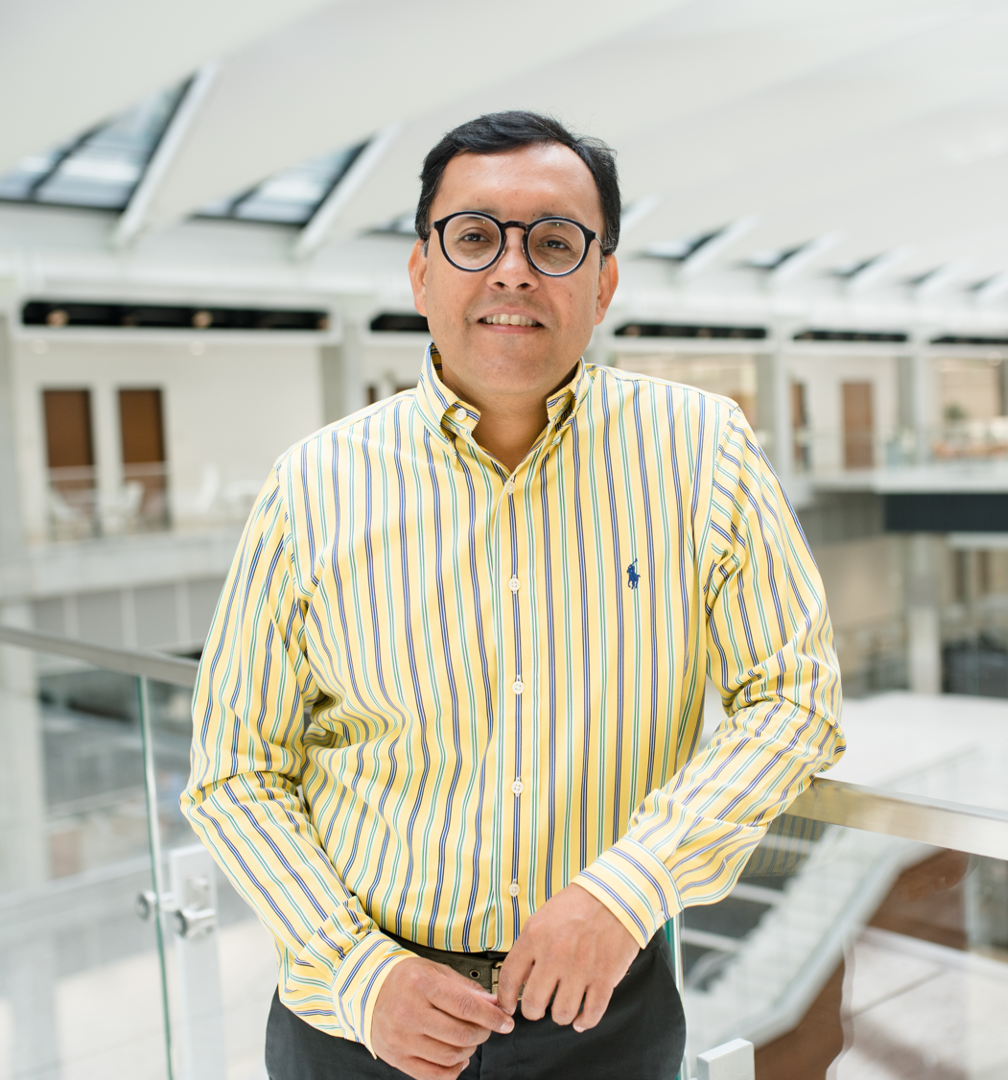Navid Saleh

Navid Saleh is a Professor at the Civil, Architectural and Environmental Engineering department. He is an environmental engineering faculty member with a passion for teaching. His mission as an educator and researcher has been to engage with the community and co-create knowledge. He has developed modules utilizing problem-based learning (PBL) pedagogy, conducted detailed and systematic evaluation, and devoted himself to student learning at UT. He intends to commit to the PTF community by continuing his dedication and passion for teaching, innovating transformative pedagogic approaches that fit UT students, and engaging with the PTF community across campus. His research has three thrust areas that he calls the 3Es; i.e., Evaluate, Engage, and Engineer. Evaluate—mechanistic studies on fate of emerging contaminants like nanomaterials, illicit drugs, plastic waste, etc., Engage—community-engaged research, and Engineer—community-embedded effective treatment solutions, will allow his research to contribute toward solving significant water issues for our less-fortunate communities. Saleh’s research has produced more than 85 journal publications and 8 book chapters with more than 8500 citations and an h-index of 36. Saleh is one of the Associate Editors of Journal of Hazardous Materials, a top environmental science and engineering journal with an impact factor of 9.038, and is the President of Sustainable Nanotechnology Organization. At the undergraduate level, Saleh teaches the “Introduction to Environmental Engineering” and two newly developed courses on nanotechnology: “Designing Sustainable Nanomaterials” and “Nanotechnology Laboratory”. At the graduate level, he teaches “Physical and Chemical Treatment” and “Environmental Implications of Nanotechnology”.
Initiative

Imagery for Critical Thinking: A Pedagogical Approach for Engineering and Science Students
Most science and engineering courses are founded on abstract mathematical and/or analytical theories/concepts. Though the abstract concepts are essential to describe underlying scientific and engineering principles, the teaching pedagogy largely misses out on the utilization of imagery. We expect our students to master the subject we teach, but rarely do we provide them with the necessary tools to synthesize their acquired knowledge. Innovation gets stifled in the maze of abstract theories.

